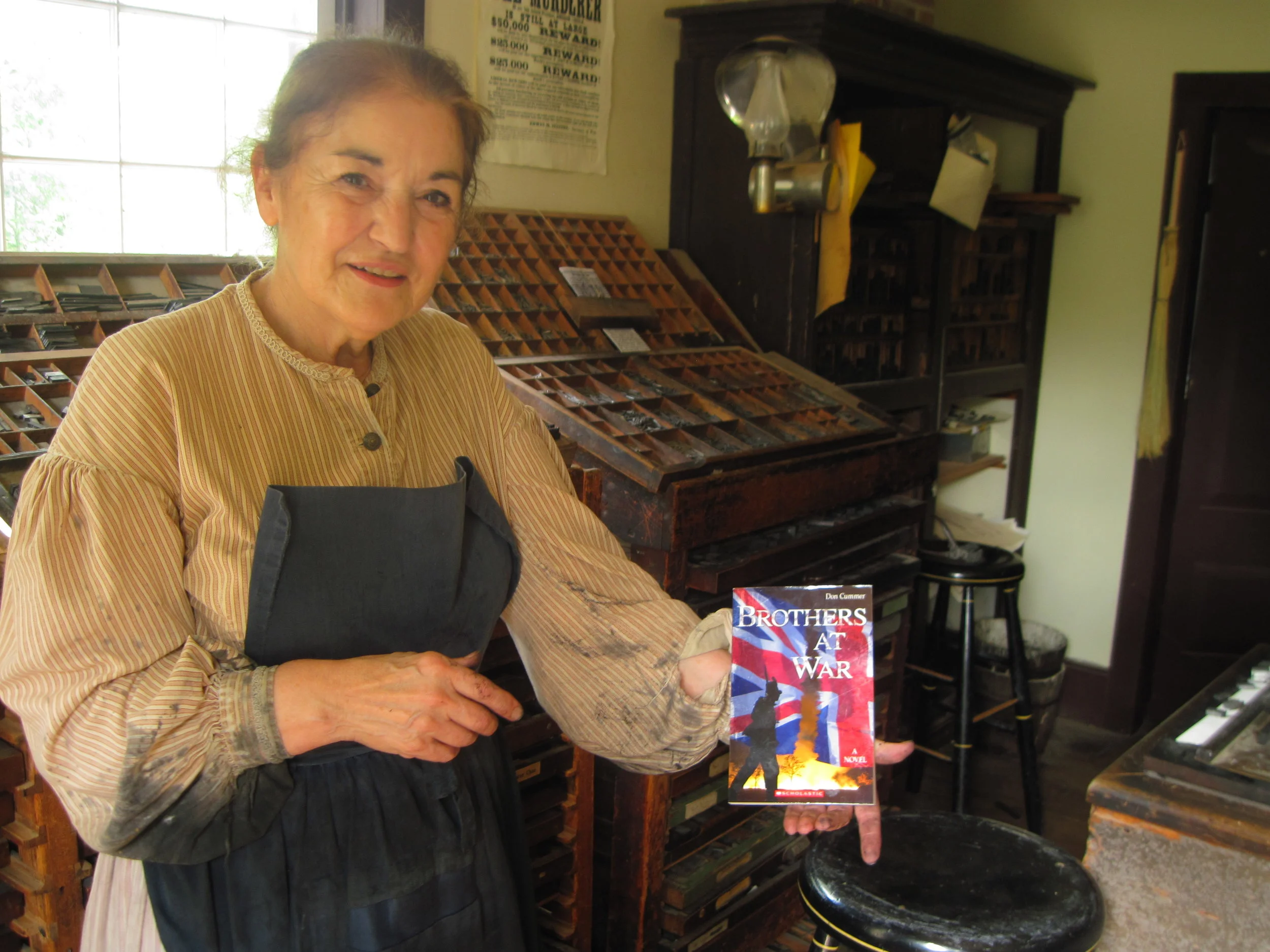Happy birthday, Regiment of Traitors!
/On this day in 1813, the Canadian Volunteers mustered and were reviewed for the first time. To many who don't know the history of the War of 1812, the name "Canadian Volunteers" is misleading. These Canadians were, in fact, fighting on the side of the American invaders. If captured, they would have been treated as traitors to the Crown.



















